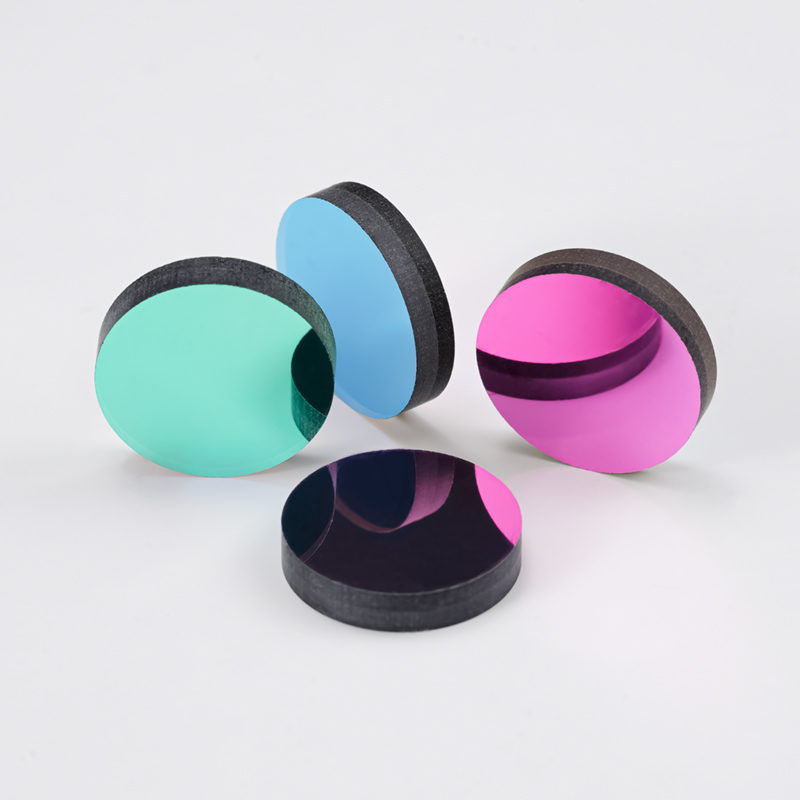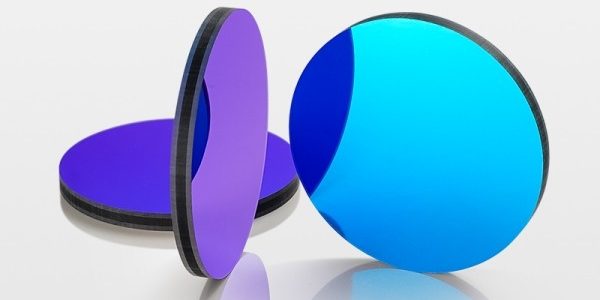An optical filter is an optical element used to select the required radiation band of light, while filtering out the unnecessary wavelength range. Of course, its most essential function is to filter out unnecessary light. It plays a key role in various optical systems and equipment, and achieves specific optical effects and functions by changing the nature and propagation direction of light.

Function
Optical filters have a wide range of functions, covering photography, scientific research, medical diagnosis, industrial testing and other fields.
Photography: Filters are particularly important in photography. They can protect camera lenses and avoid interference from stray light; eliminate or reduce reflections and glare in light, improve image clarity and contrast; and make the colors of the subject more realistic and vivid. Different types of filters can also produce different special effects. For example, polarizers can eliminate or reduce reflections on the surface of objects and increase the brightness of the sky and objects; medium gray gradient filters can balance the light ratio in the picture, increase the details and layering of the middle tones, and ND filters can evenly reduce the transmitted light to avoid long-term overexposure.
Scientific research: In fluorescence microscopy, filters can be used to selectively excite and detect specific wavelengths of light emitted by fluorescent substances.
Medical diagnosis: Filters are used in medical diagnosis to separate and detect light of different wavelengths, thereby enabling analysis and diagnosis of biological tissues. For example, in ophthalmic surgery, filters can be used to selectively shield or transmit laser light of different wavelengths.
Industrial detection: Filters are also used in industrial detection, such as selecting specific wavelengths of light signals in fiber optic communication systems to achieve signal separation and transmission.
In addition, filters are also widely used in liquid crystal displays (LCDs) and organic light emitting diode displays (OLEDs) to improve the color accuracy, contrast, and viewing angle of displays.

Principle
The working principle of optical filters is mainly based on optical phenomena such as absorption, interference and diffraction of light. According to these principles, filters can be divided into different types:
Absorption filter: Filtering is achieved by using the absorption characteristics of specific materials for light. When light passes through the filter, its internal material absorbs certain wavelengths of light and allows other wavelengths of light to pass through. Through selective absorption, other unwanted light is filtered out, and only light of specific wavelengths is allowed to pass through.
Interference filter: Utilize the optical interference effect of multi-layer thin films to make light of specific wavelengths reflect and refract multiple times in the film, thereby achieving selective filtering of light. By precisely controlling the thickness and refractive index of the film, light of specific wavelengths can be enhanced during the interference process, while light of other wavelengths cancel each other out, thereby achieving filtering of specific bands. This principle makes interference filters have the characteristics of high transmittance, high blocking degree and wide wavelength range.
Diffraction filter: By engraving a specific pattern or structure on the surface of the filter, the light diffracts when passing through, thereby achieving the selection of a specific wavelength. This type of filter usually has extremely high wavelength resolution and flexibility, and can achieve precise control of light.

Classification
Optical filters can be divided into ultraviolet filters, visible light filters and infrared filters according to spectral bands; according to spectral characteristics, they can be divided into bandpass filters, notch filters, cutoff filters, spectroscopic filters, neutral density filters, reflection filters, etc.; according to film materials, they can be divided into soft film filters and hard film filters.
Bandpass filter: mainly based on the constructive interference condition of the Fabry-Perot cavity, allowing the light within the center wavelength and a very small range on both sides of the center wavelength to pass through, while the light outside the passband is blocked.
Notch filter: also known as negative filter, used for spectral characteristics opposite to bandpass filter, can attenuate a certain band range to the minimum, and can play a protective role.
Cutoff filter: can filter out all long waves or short waves in the synthetic light, and only retain the light within the required band range, divided into short-wave cutoff filter (long-wave pass filter) and long-wave cutoff filter (short-wave pass filter).
Spectral filter: used to separate light into different wavelengths or color components, mainly based on light interference, diffraction or thin film effects. A common application of visible light color separation is a dichroic mirror (also called a color separation mirror).
Neutral density filter: also called an attenuation filter, which uses the material’s absorption characteristics of light to attenuate light intensity.
As a key optical component, optical filters play an important role in many fields. Understanding their role and principles can help us better understand and apply this technology to meet the needs of different fields.







